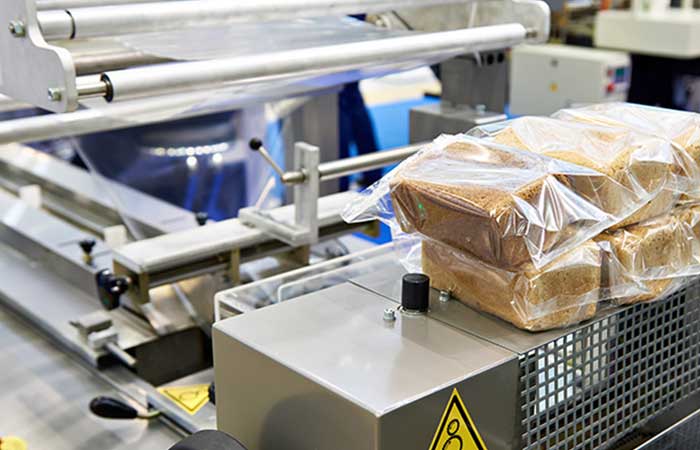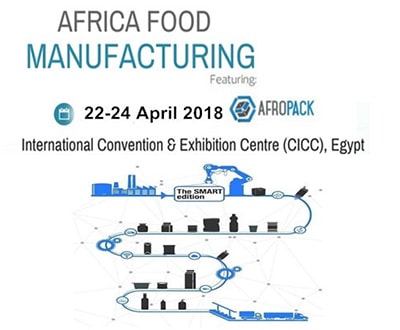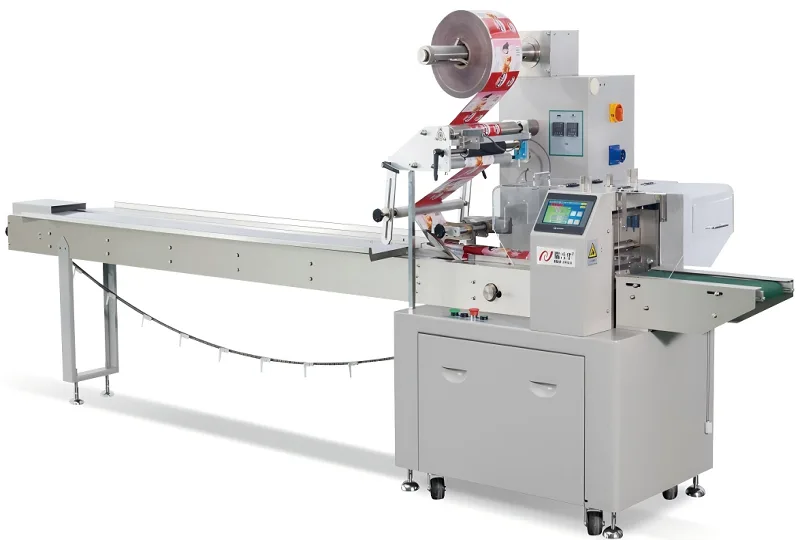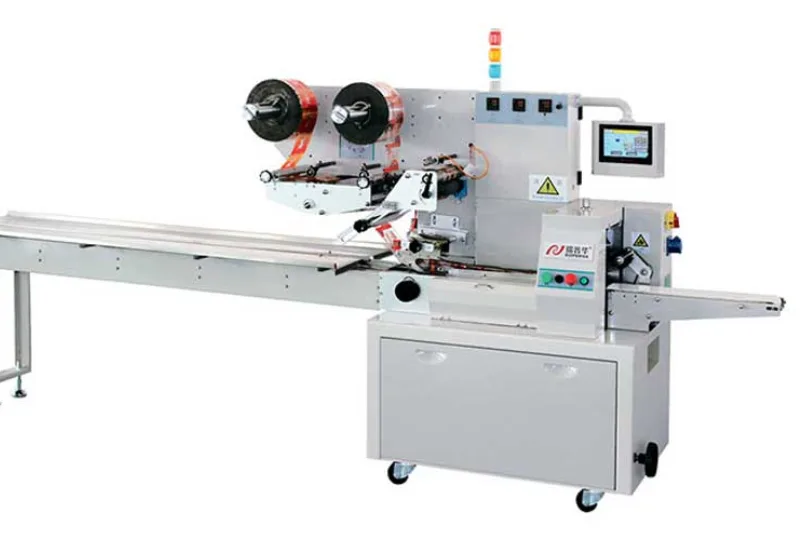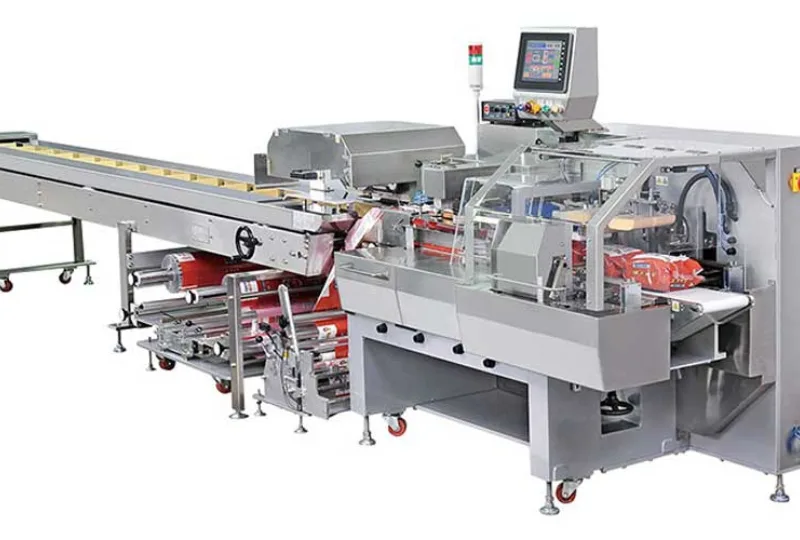Unwrapping the Art of Flow Packaging: A Comprehensive Guide
The Intricacies of Flow Wrapper Packaging
When it comes to packaging products efficiently and effectively, flow wrapping has become an integral part of modern production processes. This versatile form of packaging is utilized in various industries, from food to pharmaceuticals, due to its ability to provide a sleek and secure wrapping solution. In this article, we delve into the art of flow wrapper packaging, exploring its benefits, applications, and best practices.
The Advantages of Flow Wrapper Packaging
One of the key advantages of flow wrapping is its ability to create a tight seal around products, effectively preserving their freshness and integrity. This form of packaging is particularly popular in the food industry, where products such as candy bars, baked goods, and snack items benefit from the secure wrapping provided by flow wrappers.
Furthermore, flow wrapping is highly versatile and can accommodate products of various shapes and sizes. Whether you’re packaging individual items or creating multi-packs, flow wrappers offer a flexible solution that can be customized to meet your specific packaging needs.
Applications of Flow Wrapper Packaging
Flow wrapping is widely used across a range of industries, including food and beverage, pharmaceuticals, electronics, and more. In the food industry, flow wrappers are commonly used to package items such as fresh produce, frozen foods, and confectionery products. In the pharmaceutical industry, flow wrapping ensures that medications and medical devices are securely packaged and protected from external contaminants.
Moreover, flow wrappers are also employed in the non-food sector for items such as hygiene products, electronic components, and promotional merchandise. This versatility makes flow wrapping a popular choice for manufacturers looking to streamline their packaging processes and enhance the presentation of their products.
Best Practices for Flow Wrapper Packaging
When implementing flow wrapper packaging in your production line, it’s essential to follow best practices to ensure optimal results. This includes selecting the right type of film for your products, maintaining the appropriate machine settings, and conducting regular quality checks to verify the integrity of the packaging.
Additionally, training your staff on proper operating procedures and maintenance practices is crucial for maximizing the efficiency and reliability of your flow wrapping equipment. By investing time and resources into training and quality control measures, you can achieve consistent and high-quality packaging outcomes.
Conclusion
Flow wrapper packaging offers a host of benefits for manufacturers seeking efficient and secure packaging solutions. By understanding the advantages, applications, and best practices associated with flow wrapping, businesses can optimize their packaging processes and deliver products that stand out on the market.
-
01
Automatic Tray Loading and Packaging Equipment: Boost Efficiency to 160 Bags/Minute
21-11-2025 -
02
Automatic Soap Packaging Machine: Boost Productivity with 99% Qualification Rate
21-11-2025 -
03
A Deep Dive into Automatic Toast Processing and Packaging System
18-11-2025 -
04
The Future of Bakery Production: Automated Toast Processing and Packaging System
18-11-2025 -
05
Reliable Food Packaging Solutions with China Bread, Candy, and Biscuit Machines
11-10-2025 -
06
High-Performance Automated Food Packaging Equipment for Modern Production
11-10-2025 -
07
Reliable Pillow Packing Machines for Efficient Packaging Operations
11-10-2025 -
08
Advanced Fully Automatic Packaging Solutions for Efficient Production
11-10-2025 -
09
Efficient Automatic Food Packaging Solutions for Modern Production
11-10-2025 -
10
Advanced Automatic Packaging Equipment for Efficient Production
11-10-2025



